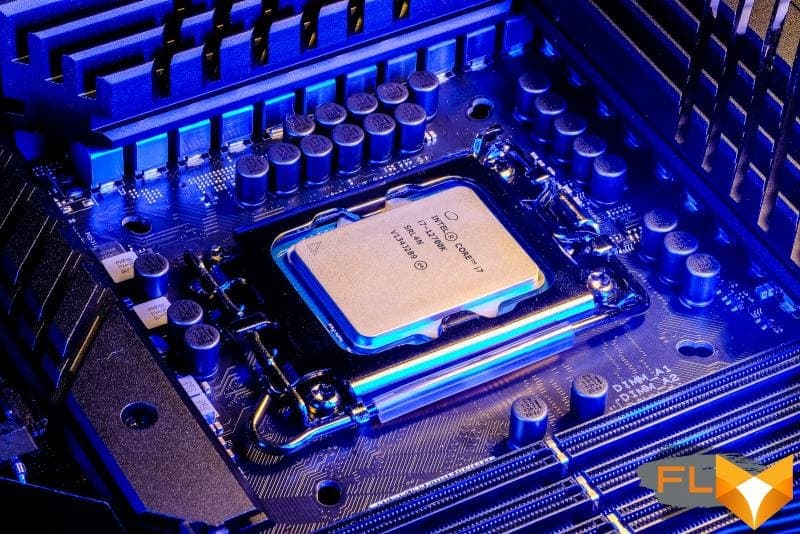The op title says single thread, and the few pages I’ve looked at are all about games running 8 cores.
Can anyone run at full stock CB r23 single thread with and without E cores.
Just to see the numbers
When I had 13900K or 2 last Fall I did single thread with CPUz benchmark with both e-cores on and off, In WIN10, made 0 difference and score always the same within margin of error. I also did same with CInebench and I think it was the same results
In WIN11, single thread score was worse by like 5-10% with all e-cores off and was inconsistent. With even 1 e-core on no inconsistency and always the same within margin of error. Same with CInebench though do not remember the inconsistency and how much as it took so much longer to run and do not remember exact results, but was similar I think.
My conclusion is that because WIN11 is thread director aware, it does not know how to distinguish between hyper threads and real threads and thus causes issues when there are no e-cores enabled.
WIN10 is not aware of the thread director so it treats the 13900K CPU as a normal 8 core 16 thread CPU and thus no performance loss in single thread with e-cores off.
A review of the Core i7-12700K reveals that the presence of E-cores negatively impacts the performance of P-cores, but without them, the overall performance is even worse.

fox-laptop.com
That link explains why WIN10 vs WIN11
Though there may be more to the story. I suppose its possible having e-cores off on 13th Gen hurts even in WIN10 despite not hurting single thread score.
In theory 8 core 16 threads should be no different than with e-cores on except you lose the power of e-cores but the P cores should perform better or not be hurt right?? On 12th Gen true for sure.
13th Gen, probably at least in WIN10, but maybe something hidden we do not know about which caused me problems and WHEAs or maybe secret single thread performance regression due to Intel forcing it to be dependent on e-cores so the ring bus could run at higher speeds on 13th Gen with e-cores on and thus some weird unknown dependency??? Falkentyne at overclock.net theorized that but they were using WIN11. Thus more to the story???? Or maybe not?????




